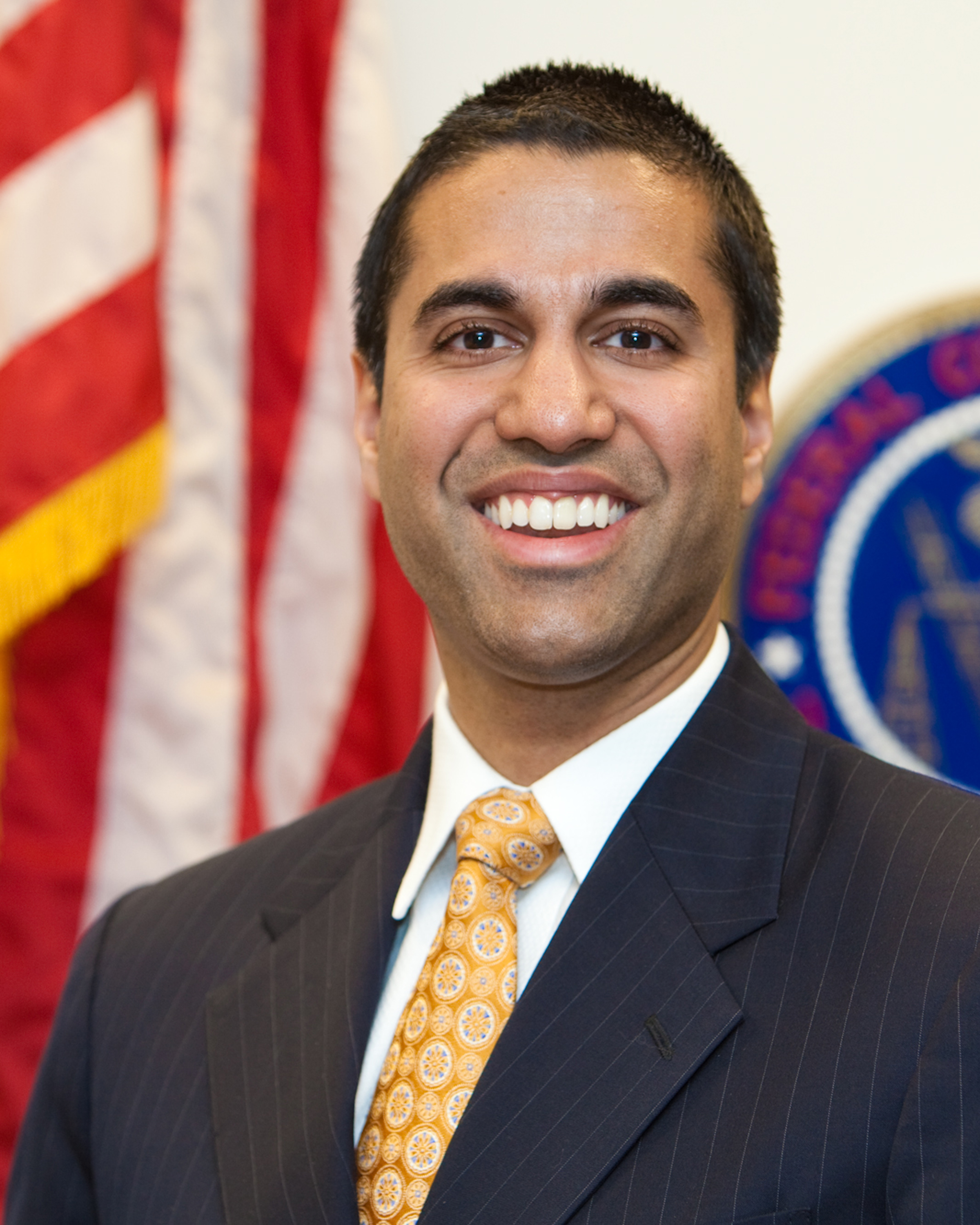Despite Trump Pledge, Congress and FCC Don’t Appear to Have Appetite for Broadband Infrastructure Investment
WASHINGTON, March 8, 2017 – Despite high hopes that President Trump’s campaign promise for a trillion-dollar infrastructure bill would lead to additional investment in high-speed internet access, it appears that broadband deployment and accessibility is taking a back seat in Congress to brick-and mo
Andrew Feinberg

WASHINGTON, March 8, 2017 – Despite high hopes that President Trump’s campaign promise for a trillion-dollar infrastructure bill would lead to additional investment in high-speed internet access, it appears that broadband deployment and accessibility is taking a back seat in Congress to brick-and mortar projects.
At a Senate Commerce Committee hearing last week on improving access to infrastructure, three of four witnesses focused the majority of their testimony on rebuilding schools, roads and bridges, and not building out the nation’s fiber and wireless networks.
Senate Commerce Committee Chairman John Thune, R-South Dakota, mentioned the bipartisan MOBILE NOW Act, which Thune said “would make broadband deployment more affordable by streamlining the red tape broadband providers face and by helping to make more wireless spectrum available for mobile broadband services,.” But current proposals before Congress focus more on incentives to spur investment by private corporations, not the grants and loans that were the backbone of the Obama Administration’s broadband stimulus legislation.
The Obama approach, exemplified by the Broadband Technology Opportunities Program that was a key part of the 2009 American Reinvestment and Recovery Act, provided about $7 billion to public entities, private companies, and other public-private partnerships to increase the deployment of fiber and wireless infrastructure, with a focus on unserved and underserved areas.
But now, neither Congress nor the Federal Communications Commission, led by Republican Chairman Ajit Pai, appear to have any stomach for such federal programs designed to improve access to broadband networks.
In one of his first acts as FCC Chairman, Pai rejected an order by the previous commission allowing nine companies to participate in an expanded version of the broadband lifeline program of the agency’s Universal Service Fund. That program provides low-cost or free Internet access for low income families, and is paid for by Universal Service Fund fees on Americans’ phone and Internet bills.
After criticism of the reconsideration order, Pai attempted to rebut the allegations, emphasizing that the nine providers’ participation was not rejected, but simply remains pending.
The lifeline program, which originally provided only subsidized wireline telephone service, was expanded to wireless phone service under George W. Bush’s FCC Chairman Kevin Martin. That expansion provided wireless phones to households that qualified for certain forms of government assistance, yet was often derisively referred to as the “Obamaphone” program.
The lifeline broadband expansion allows current certified providers to offer subsidized broadband service, but doesn’t require it. The nine companies Pai reconsidered for the program had signed up specifically to provide such services.
In his rebuttal criticizing journalists for having “sensationalized the story and given some an entirely misleading impression of what is going on.” As evidence of his sensitivity to the concerns of low-income American families, he highlighted his commitment to “Gigabit Opportunity Zones” — a high-tech version of Federal “empowerment zone” programs that would use tax incentives to encourage investment in networks in unserved and low-income areas.
Unlike the Lifeline expansion, the Gigabit Opportunity Zone program doesn’t address the problem of affordability.
Pai’s priorities are expected to be tested further on Wednesday, when the three sitting FCC Commissioners go before the Senate Commerce Committee for the first FCC oversight hearing of the 115th Congress.









Member discussion